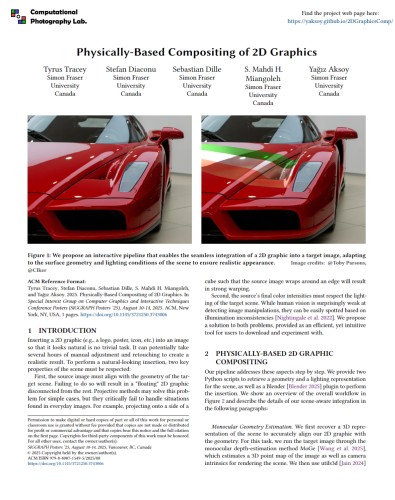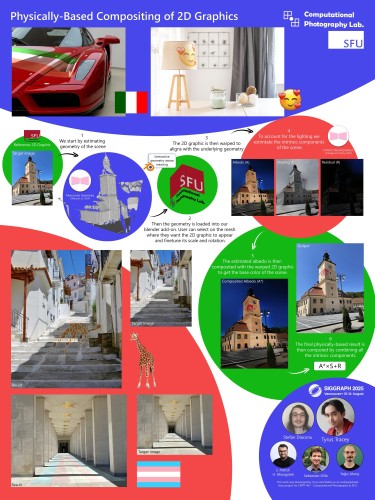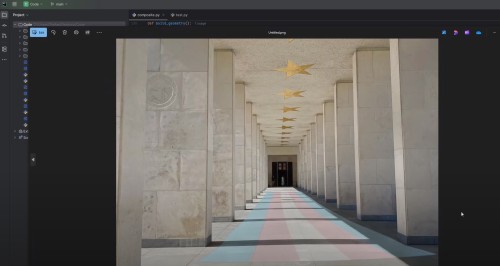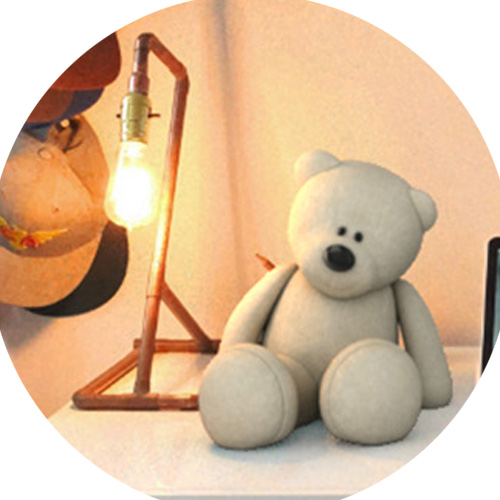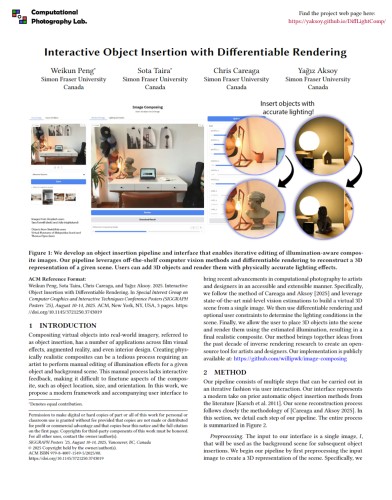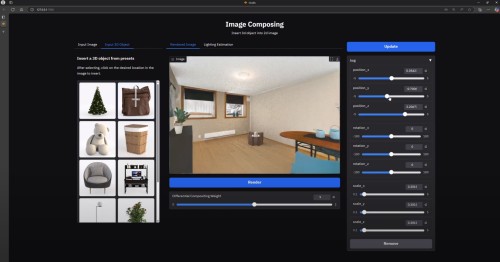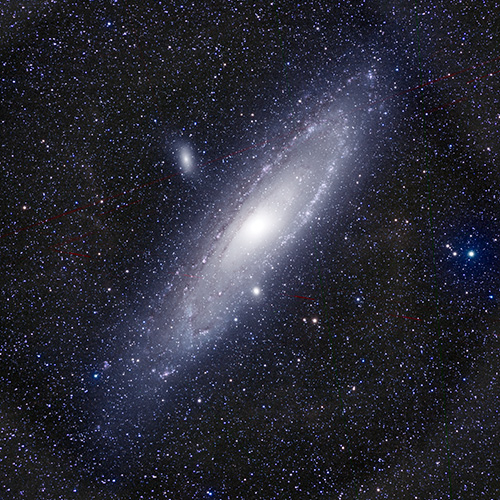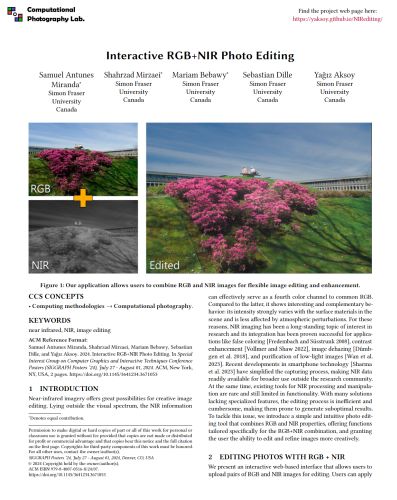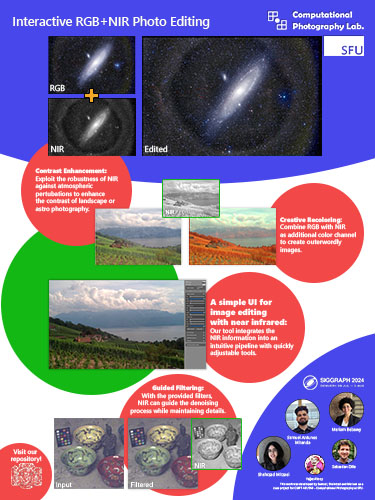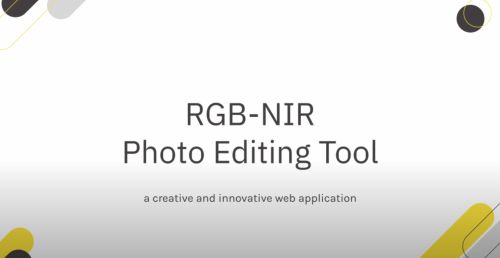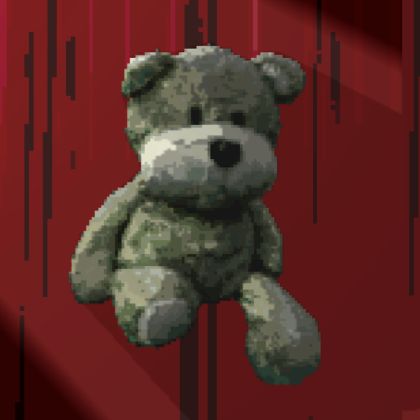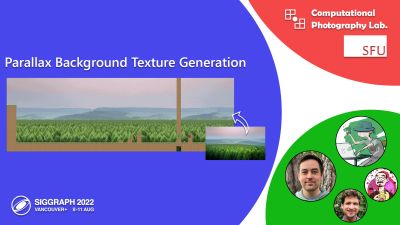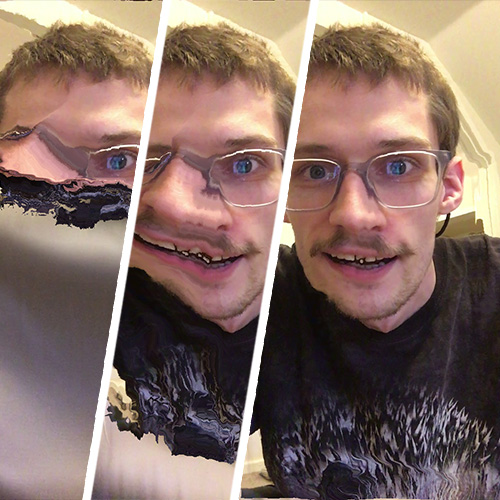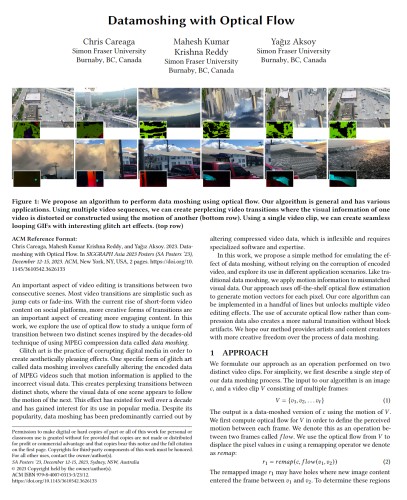Computational Photography and Image Manipulation
Instructor: Yağız Aksoy
TA: Chris Careaga
Wed 17:30 – 19:20; Fri 17:30 – 18:20
In this course, we will cover some of the fundamental research topics in computational photography and image manipulation and have a look at the state-of-the-art research going on in the field, where students develop custom computational photography applications. The course is offered in-person with an option to participate over Zoom.
This course requires an actual, self-driven interest in Computational Photography and a semester-long dedicated effort for developing a custom application. If you like the area, you will deeply enjoy the course and develop in-depth theoretical and practical knowledge. Do not take this course if you are not interested in Computational Photography. There are many other easier courses to fulfil your graduation requirements.
Modern computational photography takes its powers from computer vision methods that works at high resolutions in-the-wild and applies them to re-render new photographs using techniques in computer graphics. This course covers computational photography from practical and theoretical perspectives. Students will get an overview of classical and modern formulations in computational photography research and also develop custom practical applications. In the first few weeks, we cover fundamental computational photography concepts, formulations, and applications and also in real-world film production environments through guest lectures. The latter part of the course follows a curriculum focused on recent/current research. 2 hours of each week is dedicated to deep dives to fundamental topics in image manipulation including monocular depth estimation, intrinsic decomposition, soft segmentation and alpha matting, image recoloring, and more. 1 hour each week is reserved for all-together open-ended discussions on term projects and research papers. Students form project groups and each projects develops their own photography project through discussions with the instructor. Each student also prepares a detailed video presentation of a selected research paper, which is watched and discussed together in class at the end of the semester. The collaboration is enhanced through weekly check-ins and discussions during lecture hours.
Attendence to lectures, with in-person and Zoom options, are mandatory for the entire semester. You will receive an N grade if you are not present consistently.
You are not allowed to use GenAI tools like ChatGPT in any shape or form. If we detect you use such tools, you will immediately receive an N grade and fail the course.
What will you get out of this course?
You will learn
-
fundamental concepts that connect photography and image manipulation to computer vision and image processing.
-
many different aspects and application scenarios of current computational photography research.
-
the math behind important movie post-production techniques such as green-screen keying, HDR tonemapping, and color editing.
-
how to develop a unique computational photography project using cutting edge methods.
-
important image processing techniques that will help you develop better computer vision and computer graphics systems.
-
important mathematical foundations of visual computing such as image formation, graph-based formulations, large linear systems, and spectral analysis.
-
effective video making and scientific communication skills that are becoming perhaps as important as technical presentation skills in today's online research world.
It’s probably a good idea for the most of you to brush up on your linear algebra skills as soon as possible to make the best out of this class. 3Blue1Brown has introductory Linear Algebra classes on Youtube with great visual explanations of concepts that we will make use of during the class.
This course builds up on CMPT 361. A refresher on the camera model and image processing fundamentals is advised before taking this course. You can check out this playlist of related topics from CMPT 361 - Intro. Visual Computing here.
COVID-19 Policy
In order to have a safe learning environment for everyone, we have several guidelines for in-person lectures:
- If you are feeling sick or you suspect you might have contracted COVID-19, please do not attend the in-person lectures and instead join the Zoom sessions.
- If you have contracted COVID-19, please do not attent the in-person lectures for 2 weeks after your initial diagnosis. Please join the Zoom sessions instead.
Grading
Programming assignments - 2 x 10 (461) or 2 x 5 + 10 (769) = 20%
Paper discussion and video - 30%
Group project = 50%
Tentative Schedule -- expect some changes
Week 1: Entering the Computational Photography research field, background on CV, image processing, photography, video making |
|||
Week 2: Cameras and Color |
|||
Week 3: Cameras and Color, HDR, Tonemapping |
|||
Project groups formed |
|||
Week 4: Tonemapping, Bilateral Filtering, Image Blending |
|||
Quick paper discussions and project updates on Fridays |
Week 5: Image Blending and Boundary Minimization |
||
Week 6: Natural Image Matting |
|||
Feb 19-25: Reading Break |
|||
Week 7: Soft Color Segmentation |
|||
Week 8: Intrinsic Decomposition |
|||
Week 9: Monocular Depth Estimation |
|||
Week 10: Deep Image Editing |
|||
Week 11: RGB-Space Geometry |
|||
Week 12: Practical Applications for Film Editing (Guest lecture) |
|||
Week 13: Current Research through Student Videos |
|||
Programming assignments
There will be 3 programming assignments for 769 (grad) students, and 2 programming assignments for 461 (undergrad).
Assignment 1: Texture synthesis. CMPT 461 and CMPT 769
Assignment 2: Poisson blending. CMPT 461 and CMPT 769.
Assignment 3: Iterative edge-aware filtering. Only CMPT 769.
Paper reading
Each student will be assigned a recent research paper. You will give a quick overview during one of the discussion hours on Mondays. You will then prepare a video describing the paper. We will talk about how to prepare these videos in detail later in the semester.
For year-by-year listings of SIGGRAPH and SIGGRAPH Asia papers, see Ke-Sen Huang's Home Page .
Projects
You will develop a computational photography project throughout the semester. These projects will focus on computational photography and image manipulation applications. There will be a set of options for project topics for you to choose from. ou can also develop your own idea. We will design and develop them together through in-class discussions.
At the end of the semester, you will prepare a video on your projct and your application results. We will talk about how to prepare these videos in detail later in the semester.
Publications from Past Student Projects
Student-led projects focus on new tools and applications in the computational photography domain and some of them become a great match for SIGGRAPH (Asia) poster programs.SFU CS featured a story on our undergrad authors in 2022.
Student Paper and Project Videos from Past Offerings
Announcements, Questions and Discussion
Make sure to check Coursys for current updates.
Academic Integrity
You are not allowed to use GenAI tools like ChatGPT in any shape or form. If we detect you use such tools, you will immediately receive an N grade and fail the course. You are encouraged to talk about and discuss coding assignments and projects with your class-mates. You are allowed to use existing code/library (e.g., optimization library or vector calculus library), in which case, you have to explicitly describe it in your report. Besides the above case, every single line of code must be written by you, and you are not allowed to copy from other sources. Writing the code by exactly or closely following existing code is not technically copy-and-paste, but is also considered to be copy-and-paste. Use your fair judgement. You know what is good and bad. When in doubt, consult the instructor. You are expected to maintain the highest standards of academic integrity and refrain from the forms of misconduct.
Past Offerings
2025 Spring - CMPT 461/769 - Computational Photography and Image Manipulation
2024 Spring - CMPT 461/769 - Computational Photography and Image Manipulation
2023 Spring - CMPT 461/769 - Computational Photography and Image Manipulation
2022 Spring - CMPT 461/769- Computational Photography and Image Manipulation
2021 Spring - CMPT 461/985 - Computational Photography and Image Manipulation
2019 Fall - CMPT 469/985 - Computational Photography and Image Manipulation (Special Topics)

